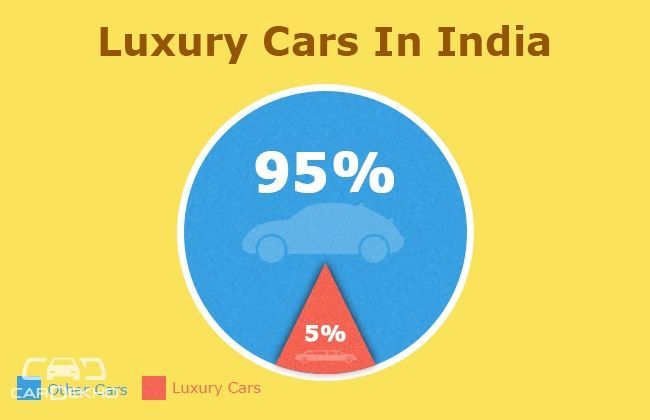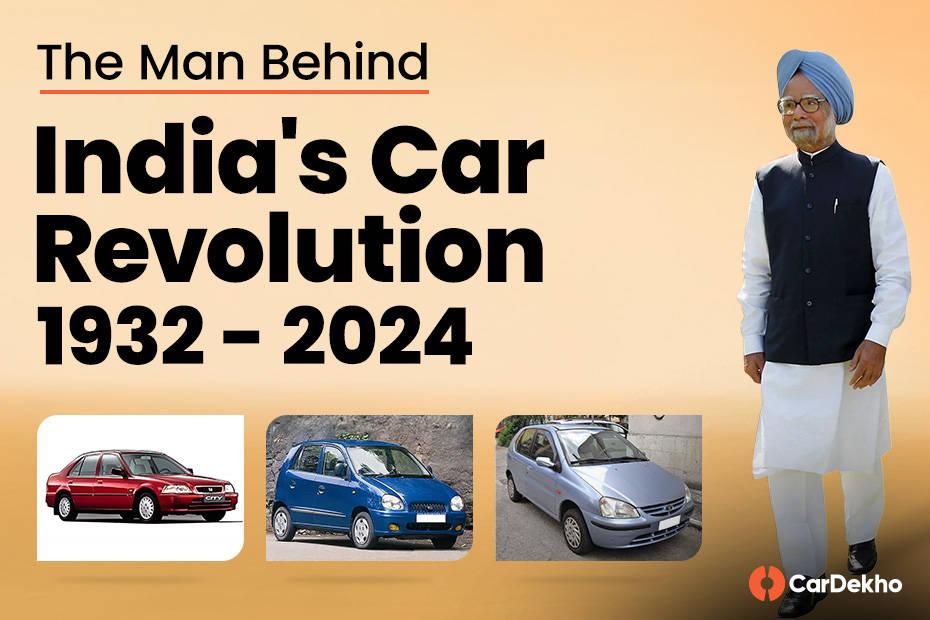Luxury Segment - A look at the rapidly growing section of Indian Auto Market
Published On Nov 01, 2014 03:31 PM By Rahul
- 8.7K Views
- Write a comment
The hatchback market in India is on a decline, however the luxury car market is on the rise. At the moment, these cars do not even have a share of five percent in today’s market, but their sales are on the rise. Every year, this segment is growing extremely quickly, however there has been a rush in the growth of luxury SUVs when compared to luxury sedans. The total luxury segment has a market holding of about five percent.

The luxury segment, about 60% of the sales are derived from sedans and about 40% comes from SUVs, coupes and convertibles. As there isn’t much of a percentage difference in the price of a petrol and diesel engine option, with a vast difference in the fuel efficiency, diesel is the favourite in the luxury car segment. About 70% of the sales come from the diesel engines and about 30% are of the petrol car. This proportion will tilt a bit more towards petrol, but that’s about it. Diesel will always be the dominating fuel in the Indian luxury car segment.

The entry-level SUVs have been the game changer for all the German carmakers, with Audi Q3 and BMW X1 being a runaway success. The Mercedes-Benz GLA too is well received in the market so far. The entry-level sedans too are doing well, except for the Mercedes-Benz C-Class that will soon be replaced. In terms of profitability, luxury car market is where the major action is happening. This is one reason why majority of the cars rolled out are in this segment, with Mercedes-Benz leading the attack from the front. This year the German luxury car manufacturer will introduce 10 new products in the Indian car market.
But recently there has been a shift in sales of luxury sedans to luxury SUVs. Most of these luxury sedans are low-slung, which doesn’t suit the Indian road conditions, resulting in the scrapping of the underbelly of these cars while driving on bad roads or when fully loaded, this is where the SUV gets the advantage of giving a better road view and commanding driving position. As most of the buyers of luxury cars are diesel-powered engines, the extra premium of buying an SUV is also considered. In the luxury car segment, cars aren’t bought on budgets, they are sold on emotions, attraction towards brand image and badge value. It is more of a game of winning the customers heart with the experience than just offering more number of features or cutting down the price.
As the Indian luxury car segment still attracts a duty of close to 100%, the price sentiment doesn’t play a major role. It all boils down to the affection towards a brand. There are several cars in the market that offer a better value for money proposition when compared to the entry-level luxury sedans and SUVs, yet the badge value makes these premium vehicles stand out in the crowd.
As the demand for this segment grows, companies can look at increasing the local content and reducing the prices further. This when the market for such vehicles will open up. The number of luxury cars sold at the moment are much lesser than what are required to increase the localisation. It is by 2020, when the luxury cars will have a reach of in excess of 2-5 lakhs per year, when the segment will outgrow and this is when companies will increase their investment in India.










